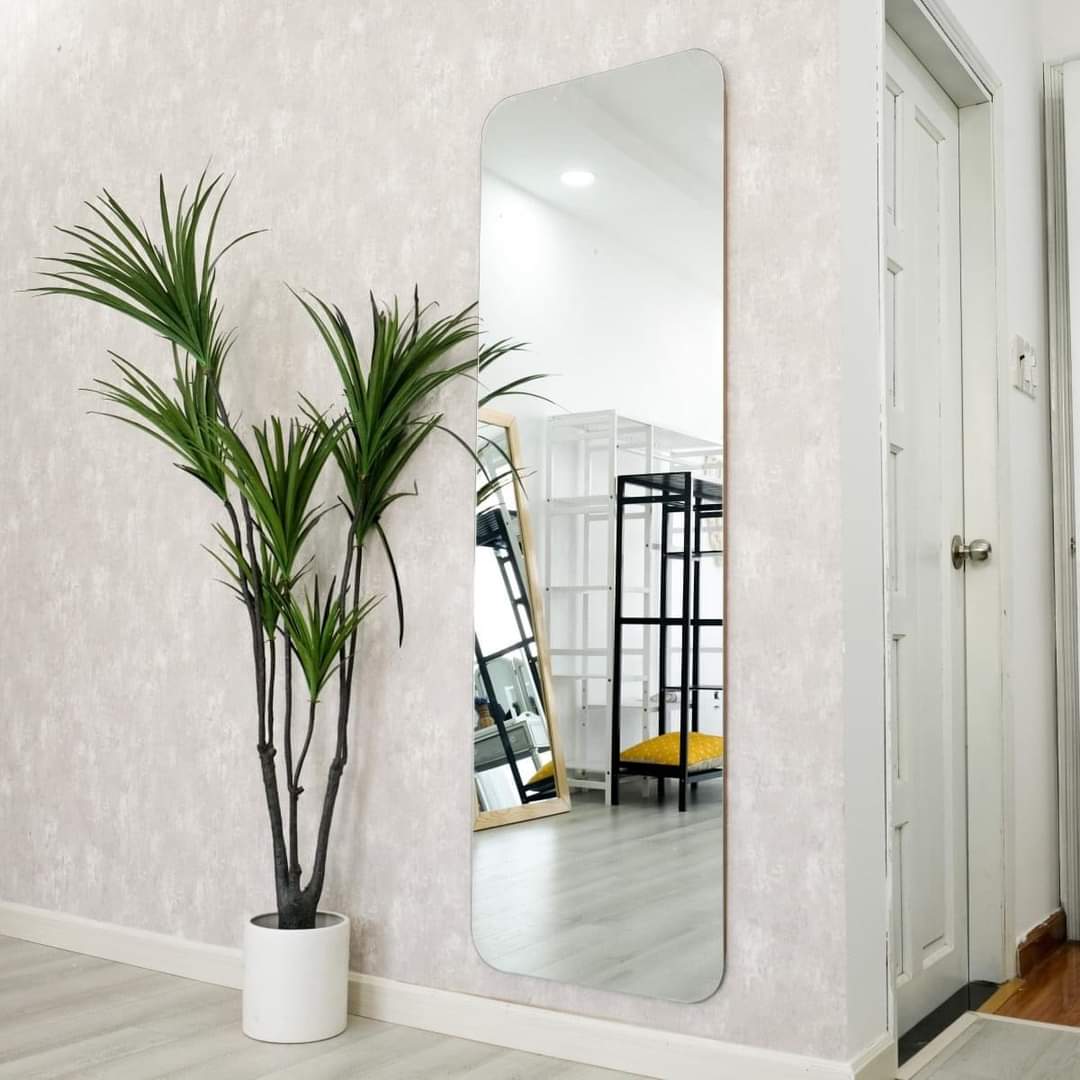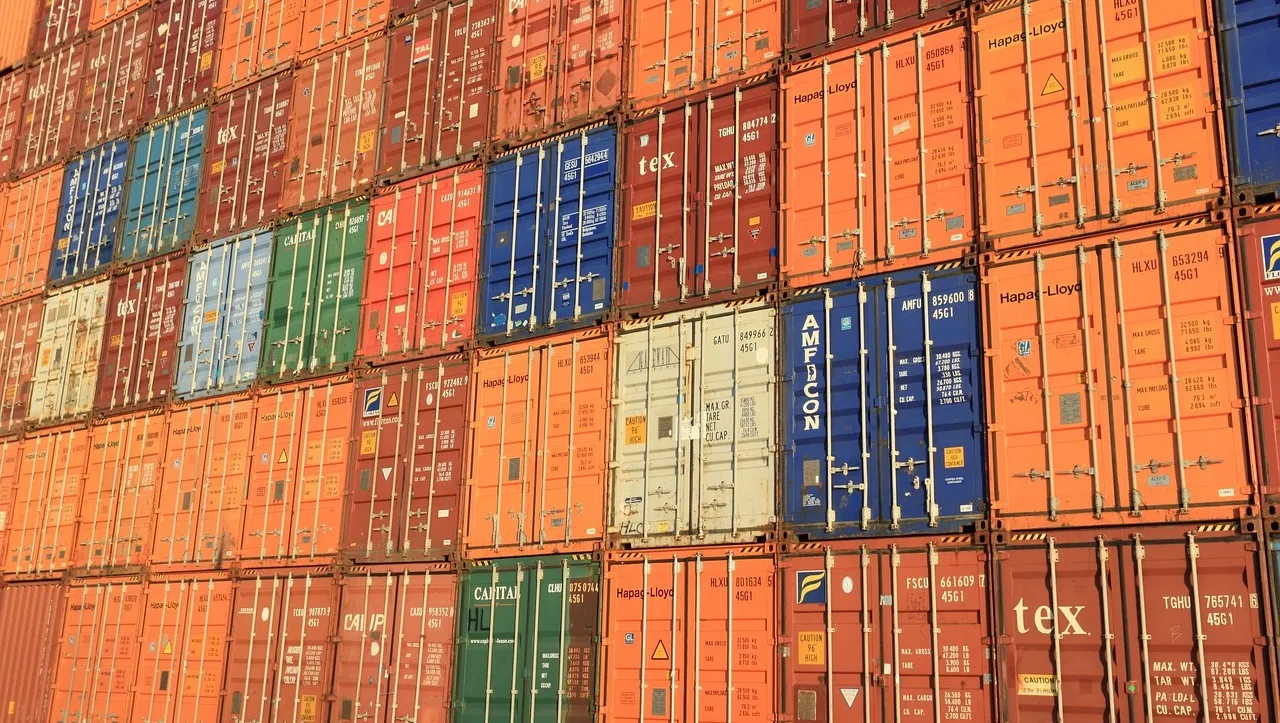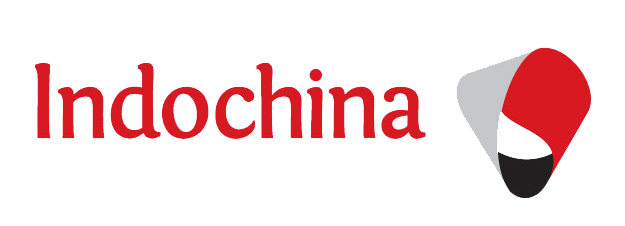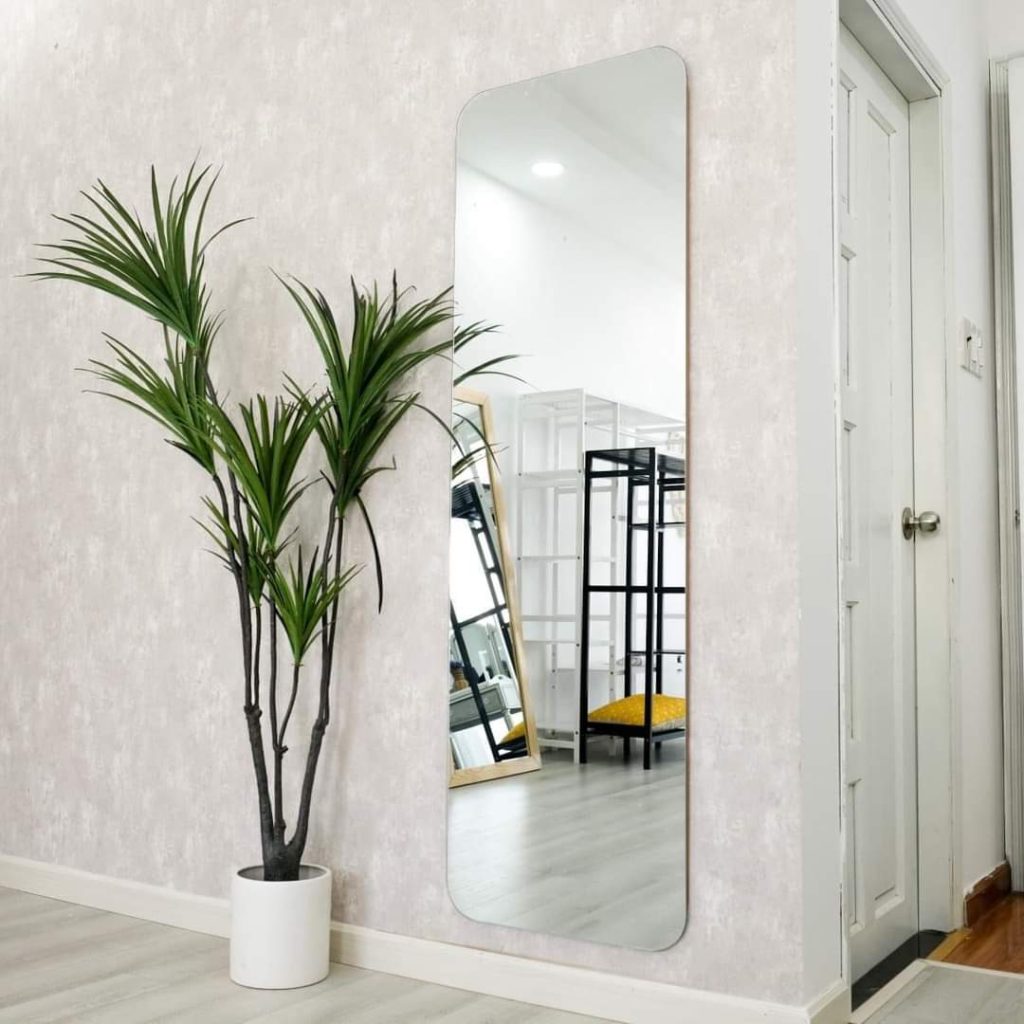Shipping Mirrors by Sea Freight from Hai Phong Port to Incheon Port
When it comes to international trade, Vietnam and South Korea share a strong and dynamic relationship. Vietnam exports a wide variety of products to Korea every year, ranging from agricultural goods to manufactured items. Among these, fragile goods such as mirrors require special attention when being transported, especially by sea. Shipping mirrors from Hai Phong Port (Vietnam) to Incheon Port (South Korea) is a common route for businesses engaged in furniture, home décor, and construction materials. This article provides a comprehensive guide—around 1000 words—on the process, challenges, and best practices for shipping mirrors by sea freight along this route.

Overview of the Hai Phong – Incheon Trade Route
Hai Phong is one of Vietnam’s busiest seaports, located in the northern part of the country. It serves as a vital gateway for exports to Northeast Asia, particularly South Korea, Japan, and China. On the other end, Incheon Port is one of South Korea’s largest and most advanced ports, situated near Seoul. The maritime distance between the two ports is approximately 1,800 km, and transit time usually ranges between 4 to 6 days, depending on the shipping line and weather conditions.
This route is popular because:
It connects two major economic hubs.
There are frequent shipping services available, both full container load (FCL) and less-than-container load (LCL).
Customs cooperation between Vietnam and South Korea is well established under trade agreements like the Vietnam–Korea Free Trade Agreement (VKFTA).
Challenges of Shipping Mirrors
Mirrors, though not bulky compared to machinery or furniture, pose unique challenges:
Fragility: Mirrors are made of glass and can easily break during handling, loading, or rough sea conditions.
Weight: While thin mirrors are lightweight, large decorative or construction-grade mirrors can be heavy, making manual handling difficult.
Packaging Requirements: Improper packaging can lead to scratches, cracks, or complete breakage.
Customs Classification: Mirrors may fall under specific HS codes, and import duties may differ depending on whether they are household mirrors, automotive mirrors, or architectural glass.
Because of these challenges, businesses must plan carefully before shipping.
Step-by-Step Process of Shipping Mirrors
Step 1: Preparing the Goods
The first step is to ensure the mirrors are manufactured, finished, and packaged according to international shipping standards. Each mirror should be:
Wrapped in protective film to prevent scratches.
Cushioned with foam or bubble wrap.
Placed inside sturdy wooden crates, often with dividers to separate individual pieces.
Clearly labeled as “Fragile” and “Handle with Care”.
Step 2: Choosing the Container
Exporters usually select between two container options:
FCL (Full Container Load): Suitable for large shipments of mirrors. A 20-foot or 40-foot container provides protection and exclusive use.
LCL (Less-than-Container Load): Cost-effective for small shipments but riskier since goods are consolidated with other cargo.
For fragile cargo like mirrors, FCL is strongly recommended to minimize handling.
Step 3: Booking with a Shipping Line
Exporters must work with a freight forwarder or shipping line that offers regular services from Hai Phong to Incheon. Booking in advance ensures availability, especially during peak seasons. Key shipping lines on this route include HMM, Maersk, Evergreen, and others.
Step 4: Customs Clearance in Vietnam
Before loading, exporters need to complete customs procedures:
Export declaration through Vietnam’s electronic customs system.
Submission of required documents: commercial invoice, packing list, sales contract, and bill of lading draft.
Inspection if required by customs authorities.
Step 5: Ocean Freight Transport
The container is loaded at Hai Phong Port, stowed on the vessel, and transported across the East Sea (South China Sea) to Incheon Port. Shipping takes around a week, depending on schedule.
Step 6: Customs Clearance in Korea
Upon arrival at Incheon, the importer must handle customs procedures:
Submission of import declaration, invoice, and packing list.
Payment of applicable import duties and VAT (though some items may benefit from reduced tariffs under VKFTA).
Inspection for safety and conformity, especially if mirrors are intended for construction projects.
Step 7: Inland Delivery
Finally, mirrors are transported by truck from Incheon Port to warehouses, retail shops, or directly to customers across South Korea.
Documentation Required
When shipping mirrors, the following documents are typically required:
Commercial Invoice: Details value and transaction between buyer and seller.
Packing List: Describes packaging, dimensions, and weight.
Bill of Lading (B/L): Issued by the shipping line; serves as proof of shipment.
Certificate of Origin (C/O): Important for claiming preferential tariffs under trade agreements.
Insurance Certificate: Strongly advised, since mirrors are high-risk cargo.
Packaging and Handling Best Practices
Because mirrors are fragile, packaging is the most critical factor. Some best practices include:
Using shock-absorbing materials inside crates.
Keeping mirrors upright during storage and transport, rather than laying them flat.
Placing wooden frames or pallets around large mirrors to strengthen protection.
Clearly marking all sides of the package with “Glass – Handle with Care.”
Hiring professional loading and unloading services familiar with fragile cargo.
Advantages of Sea Freight for Mirrors
Cost-effective for large volumes.
Regular sailing schedules between Hai Phong and Incheon.
Ability to handle oversized items (large decorative mirrors or construction panels).
Safety improvements with modern containerization and handling technology.

Tips for Successful Shipment
Work with an experienced freight forwarder who understands fragile cargo.
Always insure your shipment against damage and loss.
Choose FCL containers when possible.
Ensure compliance with both Vietnamese and Korean customs regulations.
Track your shipment using the shipping line’s tracking system to anticipate arrival.
Conclusion
Shipping mirrors from Hai Phong Port in Vietnam to Incheon Port in South Korea is a vital trade activity, especially for businesses in the home décor and construction industries. While mirrors are fragile and present challenges, careful packaging, proper documentation, and reliable freight forwarding make the process smooth and cost-effective. Sea freight remains the best choice for transporting such goods due to its balance of affordability and capacity.


